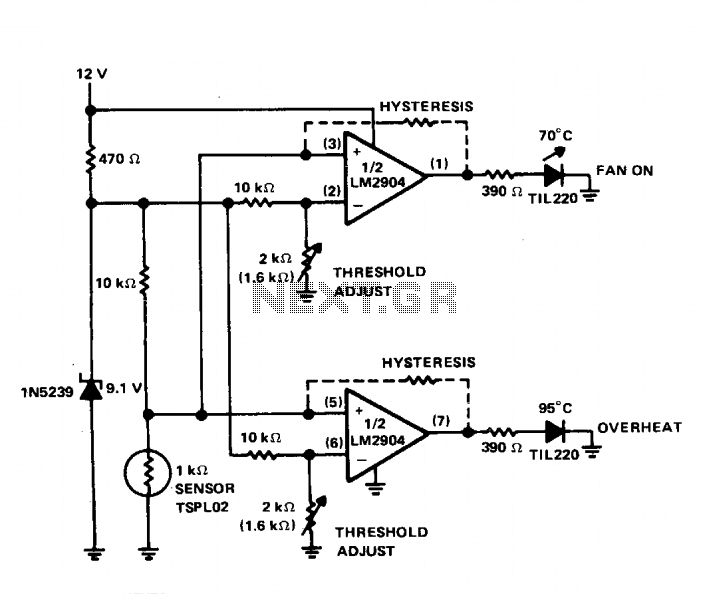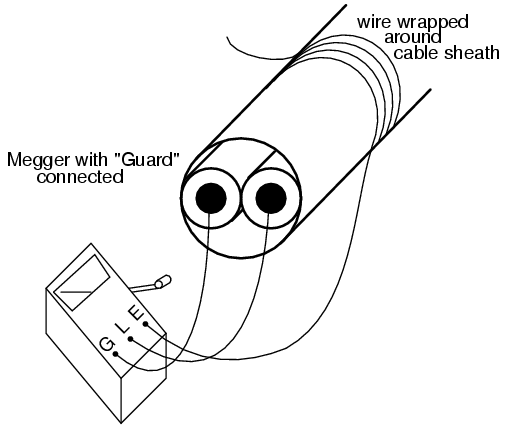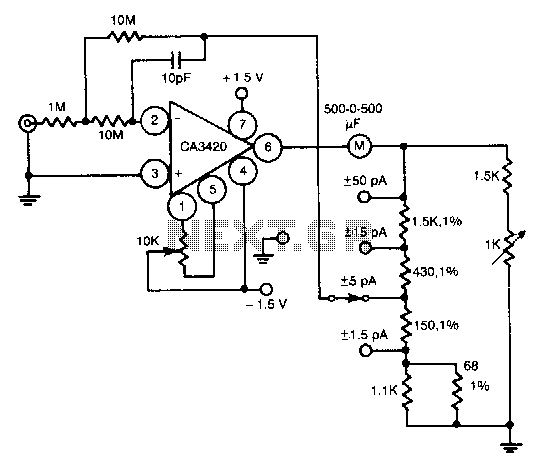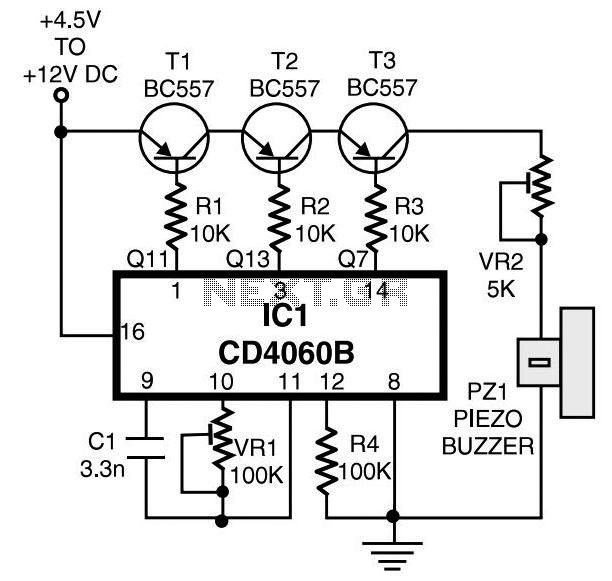
Automatic volume change with the ambient noise control circuit
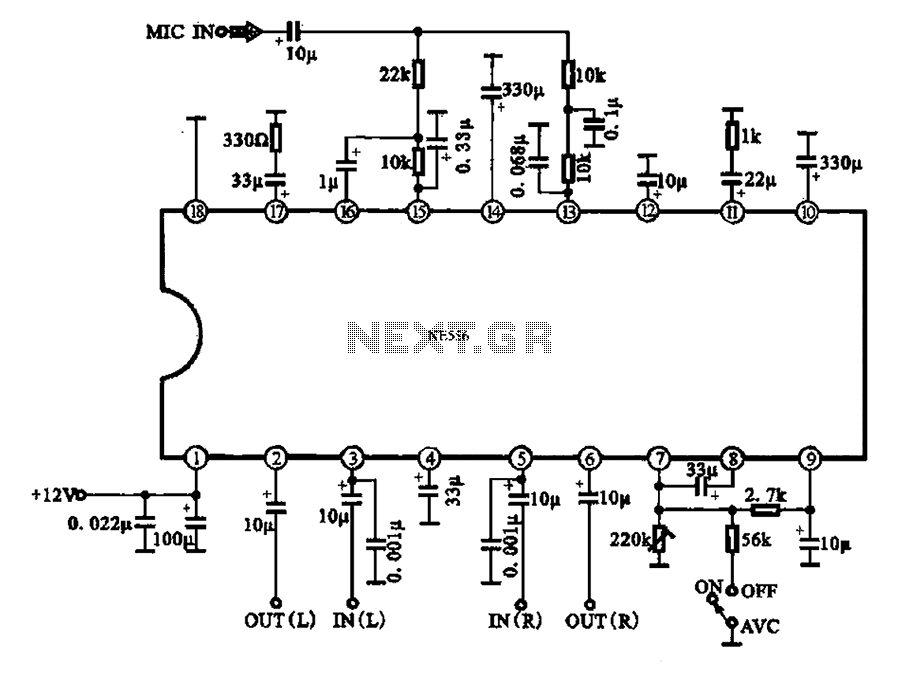
Automatic volume adjustment with ambient noise control circuit. In car stereos and similar devices, the ambient noise level varies during high-speed and low-speed driving or while stationary, leading to different volume requirements. A fixed volume adjustment method may negatively impact the listening experience. This circuit utilizes microphones to detect ambient noise, automatically adjusting the volume according to the detected environmental noise levels to enhance user satisfaction. The circuit diagram is provided in the accompanying figure. The signal from the microphone (MIC) is fed into the integrated circuit (IC) input pin, where it is processed by a limiting amplifier. The noise detection circuit converts the detected waveform into an Automatic Gain Control (AGC) voltage. This voltage is used to control the gain of the main amplifier; as ambient noise increases, the gain of the main amplifier is raised, and conversely, it decreases when ambient noise diminishes.
The automatic volume control circuit is designed to improve the listening experience in environments with fluctuating noise levels, such as inside vehicles. It employs a microphone to continuously monitor surrounding sound levels. The detected audio signal is routed to a limiting amplifier, which serves to preprocess the signal and prevent distortion. The output of this amplifier is then sent to a noise detection circuit, which analyzes the waveform characteristics of the ambient sound.
The AGC voltage generated by this detection circuit is crucial for adjusting the gain of the main audio amplifier. When the ambient noise level rises, indicating a potentially disruptive sound environment, the AGC signal increases the gain of the main amplifier to maintain a consistent and pleasant listening volume. Conversely, if the ambient noise level falls, the AGC signal reduces the amplifier's gain, preventing the audio from becoming overly loud and ensuring comfort for the listener.
This feedback mechanism allows the circuit to adapt dynamically to changing conditions, ensuring that the audio output remains at an optimal level regardless of external noise influences. The integration of such a system into car stereos or similar devices enhances user satisfaction by providing a seamless listening experience, tailored to the environment. The schematic representation of the circuit provides a visual guide for implementation, detailing the connections between the microphone, amplifiers, and control circuitry necessary for effective operation. Automatic volume change with the ambient noise control circuit In the set of all car stereos and the like, the high speed and low speed driving or stop driving state, ambient n oise is different, different requirements for volume, fixed volume adjustment method will affect the listening effect. The circuit uses microphones detect ambient noise, automatic adjusting circuit according to the environmental noise sound volume will be satisfied with the results.
The circuit shown in Figure circle. Circuit, the signal pickup (MIC) were detected by the feet and the lC input pin, the limiting amplifier, noise detection and detection waveform into AGC voltage, feet and legs inside the main amplifier gain control, ambient noise becomes large, the gain of the main amplifier is increased, and vice versa becomes smaller.
The automatic volume control circuit is designed to improve the listening experience in environments with fluctuating noise levels, such as inside vehicles. It employs a microphone to continuously monitor surrounding sound levels. The detected audio signal is routed to a limiting amplifier, which serves to preprocess the signal and prevent distortion. The output of this amplifier is then sent to a noise detection circuit, which analyzes the waveform characteristics of the ambient sound.
The AGC voltage generated by this detection circuit is crucial for adjusting the gain of the main audio amplifier. When the ambient noise level rises, indicating a potentially disruptive sound environment, the AGC signal increases the gain of the main amplifier to maintain a consistent and pleasant listening volume. Conversely, if the ambient noise level falls, the AGC signal reduces the amplifier's gain, preventing the audio from becoming overly loud and ensuring comfort for the listener.
This feedback mechanism allows the circuit to adapt dynamically to changing conditions, ensuring that the audio output remains at an optimal level regardless of external noise influences. The integration of such a system into car stereos or similar devices enhances user satisfaction by providing a seamless listening experience, tailored to the environment. The schematic representation of the circuit provides a visual guide for implementation, detailing the connections between the microphone, amplifiers, and control circuitry necessary for effective operation. Automatic volume change with the ambient noise control circuit In the set of all car stereos and the like, the high speed and low speed driving or stop driving state, ambient n oise is different, different requirements for volume, fixed volume adjustment method will affect the listening effect. The circuit uses microphones detect ambient noise, automatic adjusting circuit according to the environmental noise sound volume will be satisfied with the results.
The circuit shown in Figure circle. Circuit, the signal pickup (MIC) were detected by the feet and the lC input pin, the limiting amplifier, noise detection and detection waveform into AGC voltage, feet and legs inside the main amplifier gain control, ambient noise becomes large, the gain of the main amplifier is increased, and vice versa becomes smaller.
